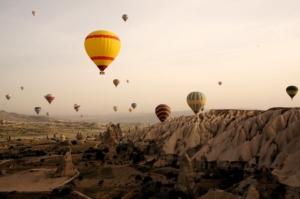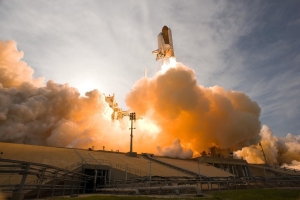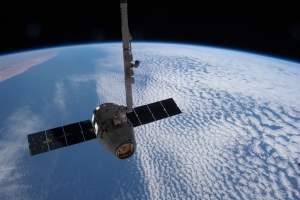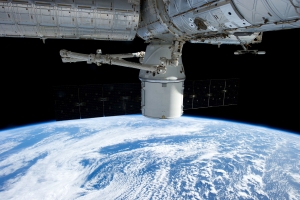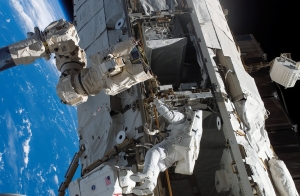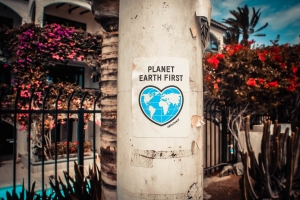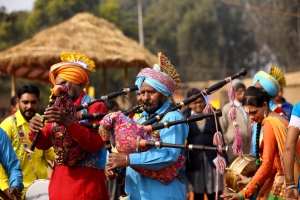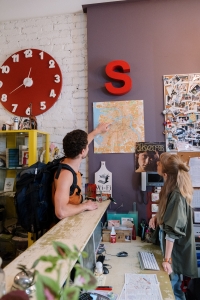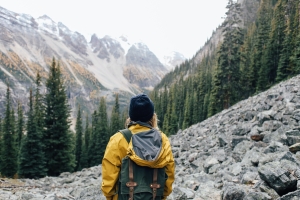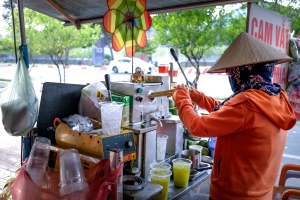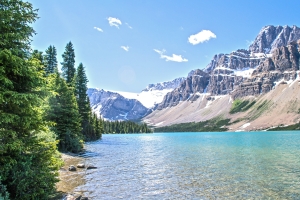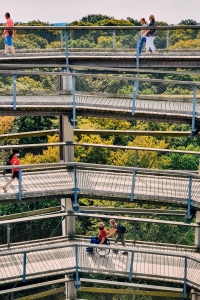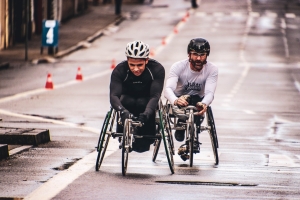Post Covid trends in tourism have seen exponential and steady growth in the travel industry. Like every industry, travel is influenced by the trends and trends that are in vogue at the moment.
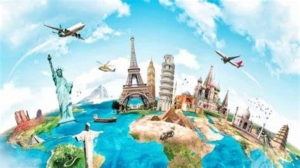
This phenomenon has led to the development of different types of tourism, today we mention some:
-
Domestic tourism
We refer to the movement of residents of a country within its borders. This tourism, following the pandemic, has seen its numbers increase exponentially in all countries. This choice is given by preferring easily accessible destinations because they instill more security.
Domestic tourism allows you to discover your country from a landscape, cultural and much more.
-
Food and wine tourism
In this form of tourism we prefer the use of food and wine as tools to discover the history and culture of the place we visit. So the journey is lived at 360 degrees in the flavors and smells with the use of the two senses of travelers.
Taste local products and dishes at the production companies, participate in cooking classes with local chefs and typical accommodation facilities, participate in the production of wines and local oils, are the must for this type of trip.
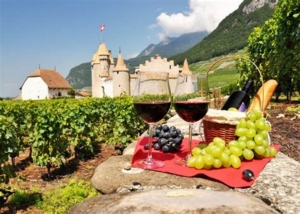
-
Spa tourism
Increasingly popular in recent years, spa tourism returns to the forefront with its beneficial aspects.
Let yourself be pampered by vapors, natural springs, mud to live a holiday of psychophysical and mental well-being. If you are looking for a relaxing break, the spa is the best choice to make.
You will also have the opportunity to discover places full of history, as well as wellness, as already in use in ancient Roman times. Some lesser known but not to be discarded places for this type of travel are the towns of Bath, Budapest, Aachen and Bucharest. Have a good time!
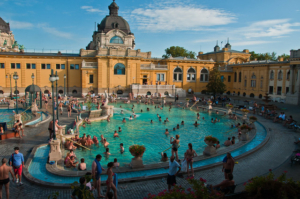
-
Sustainable tourism
This type of tourism has developed to combat environmental change and is the main trend of the moment. It aims to offer a journey in full contact with a place, but respecting the host community, local culture and the environment. Reducing its environmental impact preserves the uniqueness and authenticity of the places and its natural resources. If you want to know more, we talked about it in this article!
-
Experiential tourism
Last but not least, this tourism has as its function the knowledge of himself coming into contact with nature and the surrounding reality. More and more people embark on this kind of journey in order to create sensory memories, test themselves and challenge their limits in order to live that sense of freedom that only traveling can experience. Experiences like feeding elephants in Thailand or waking up in a desert tent, attending retreats in Buddhist monasteries, diving into the forests of Mangrove or taking a hot air balloon ride in Cappadocia.
